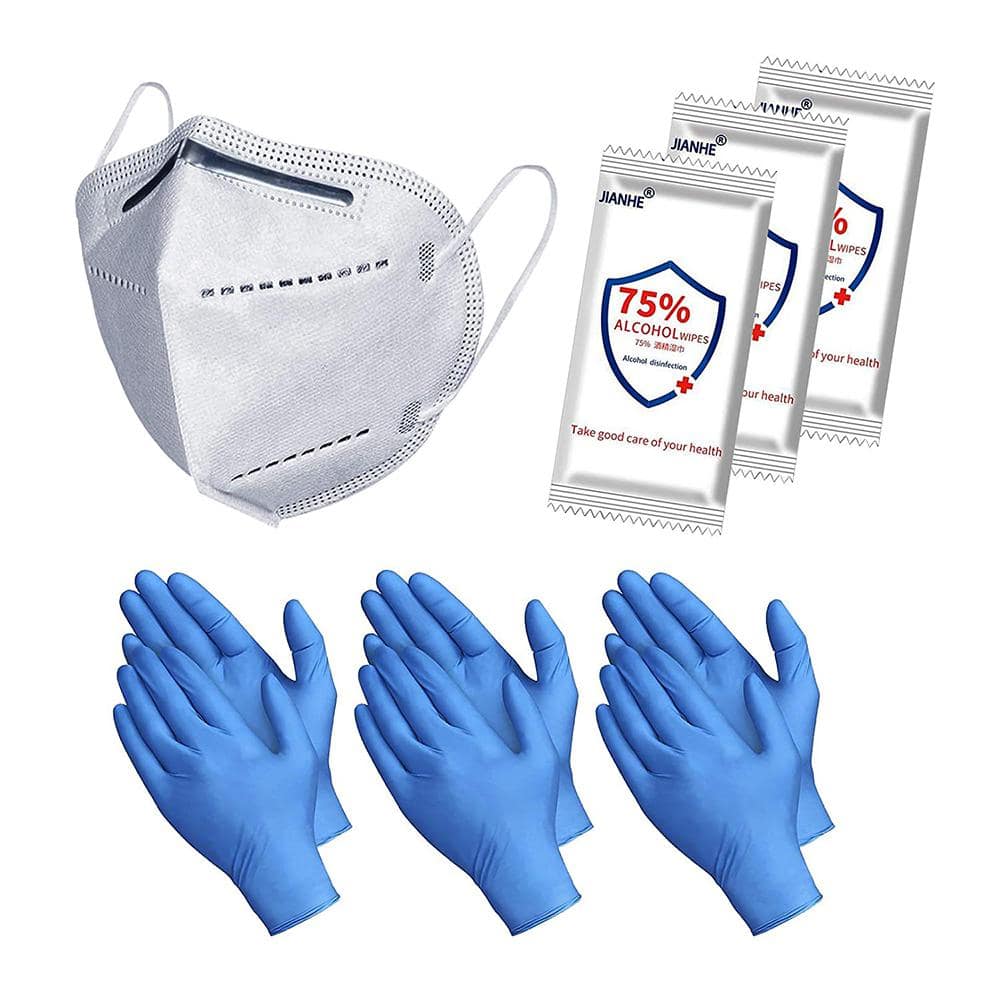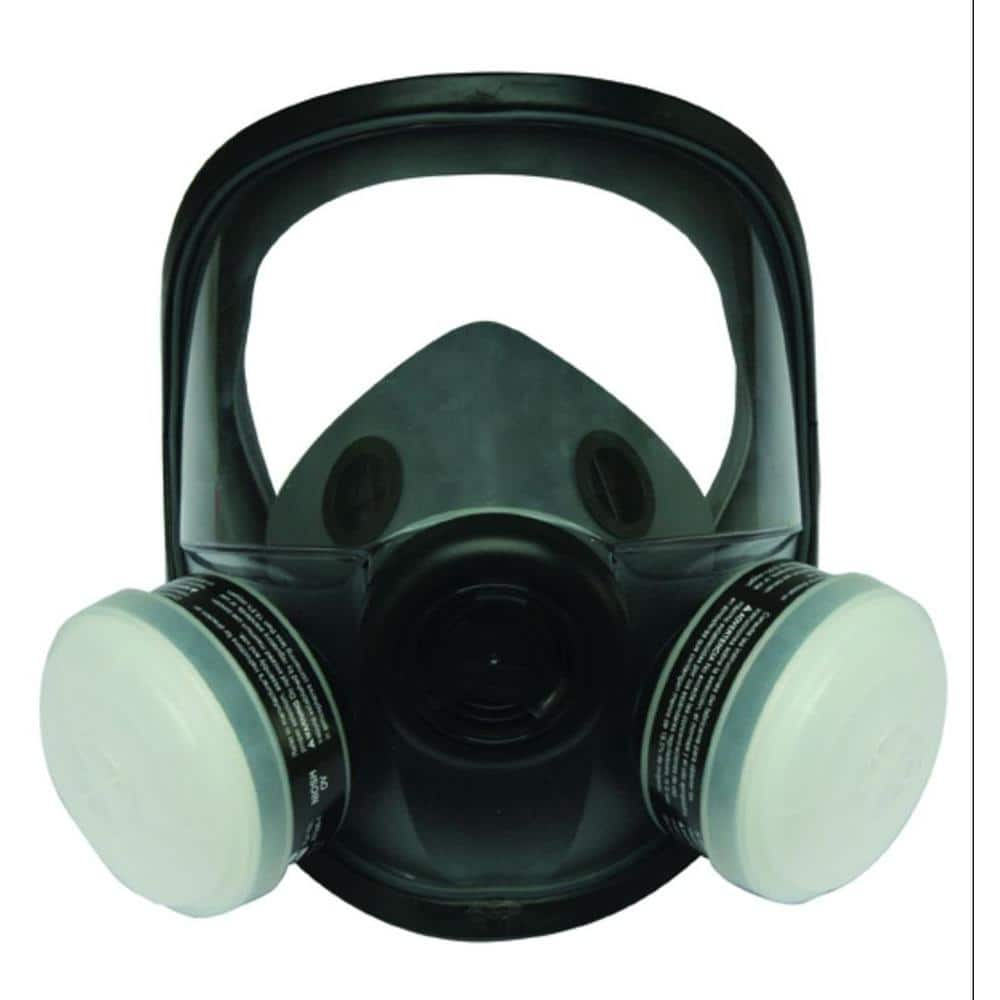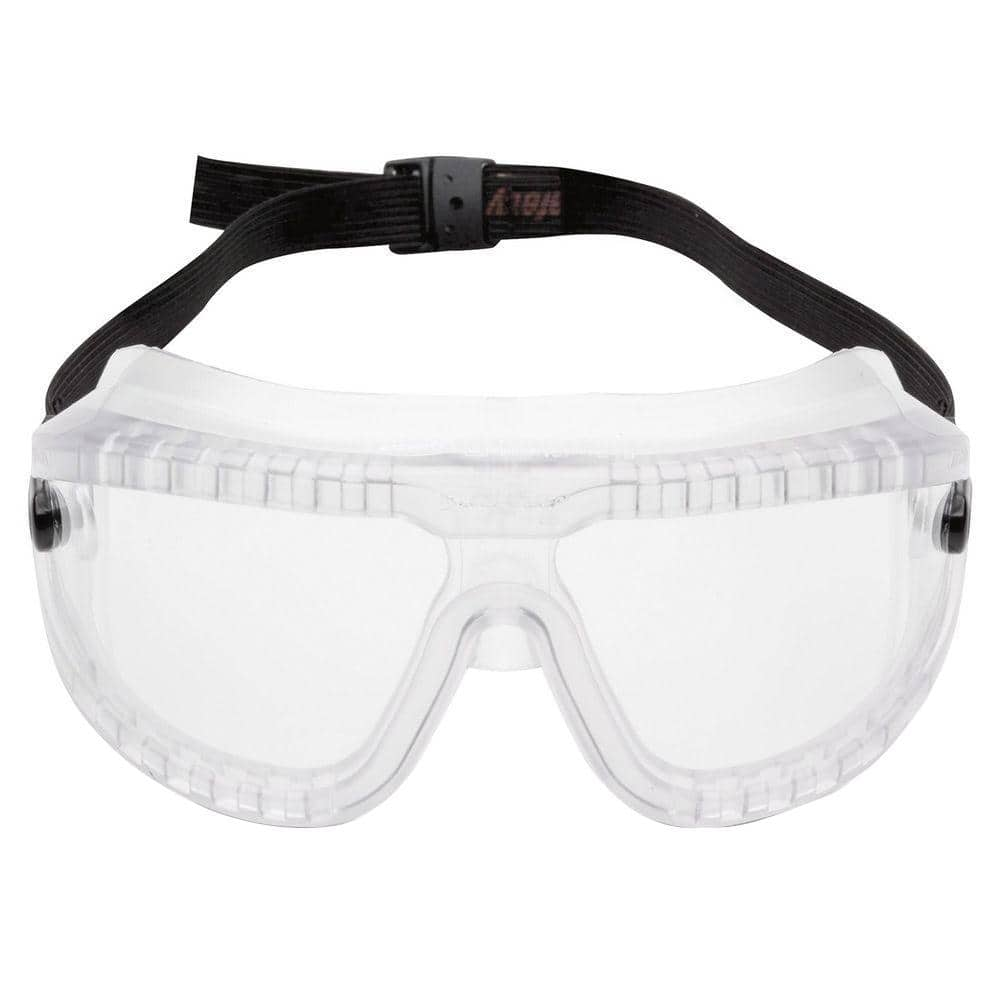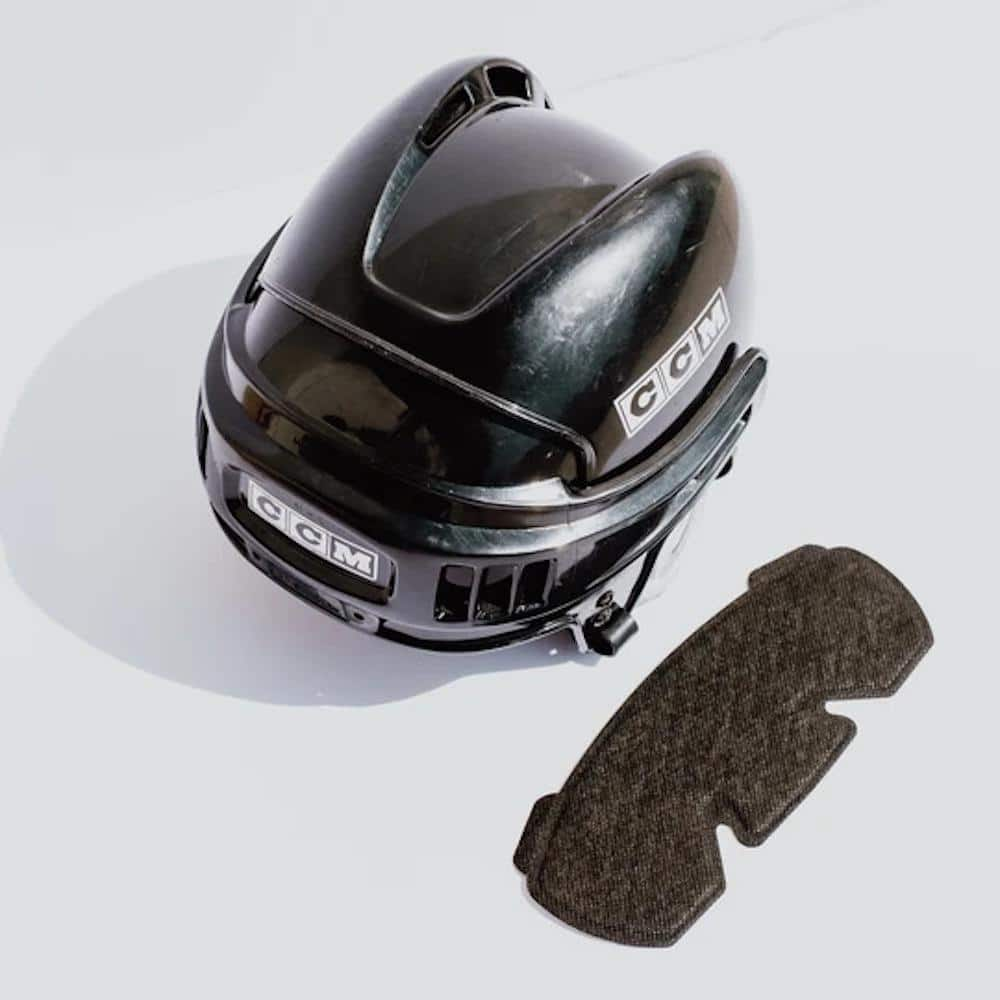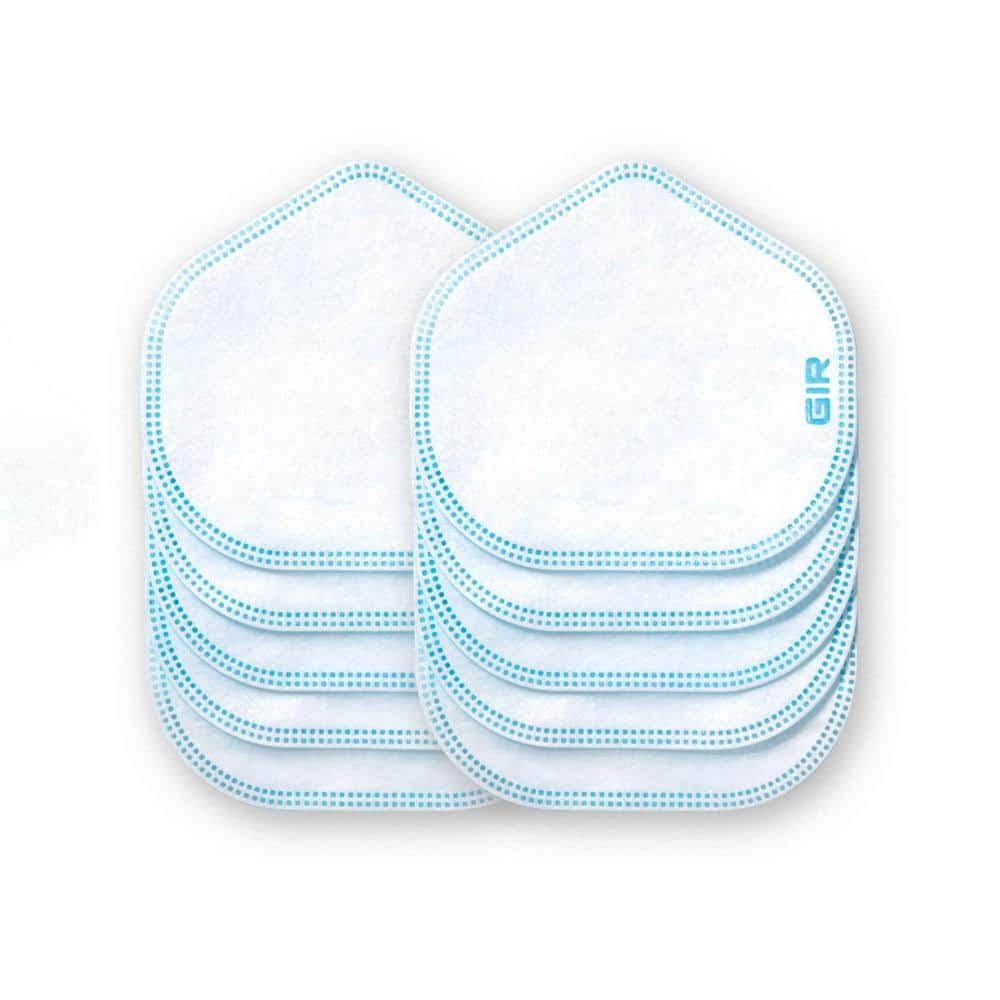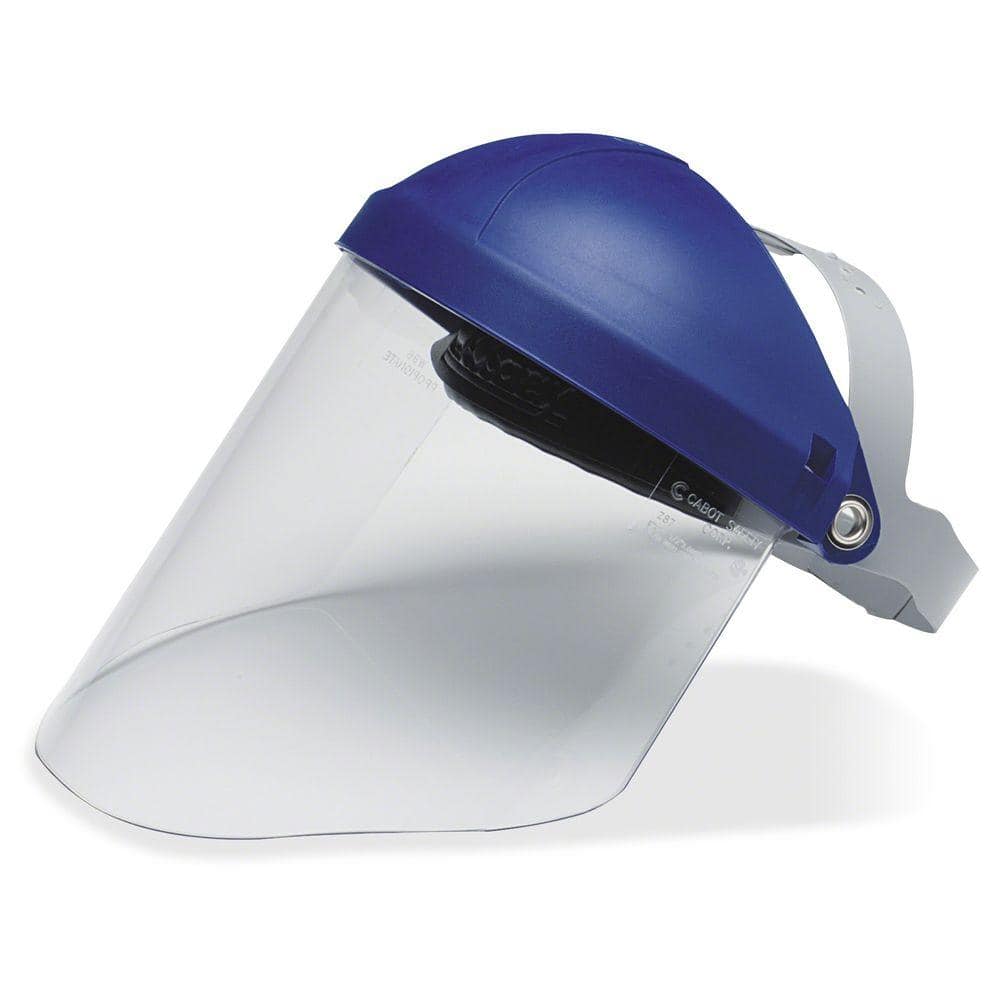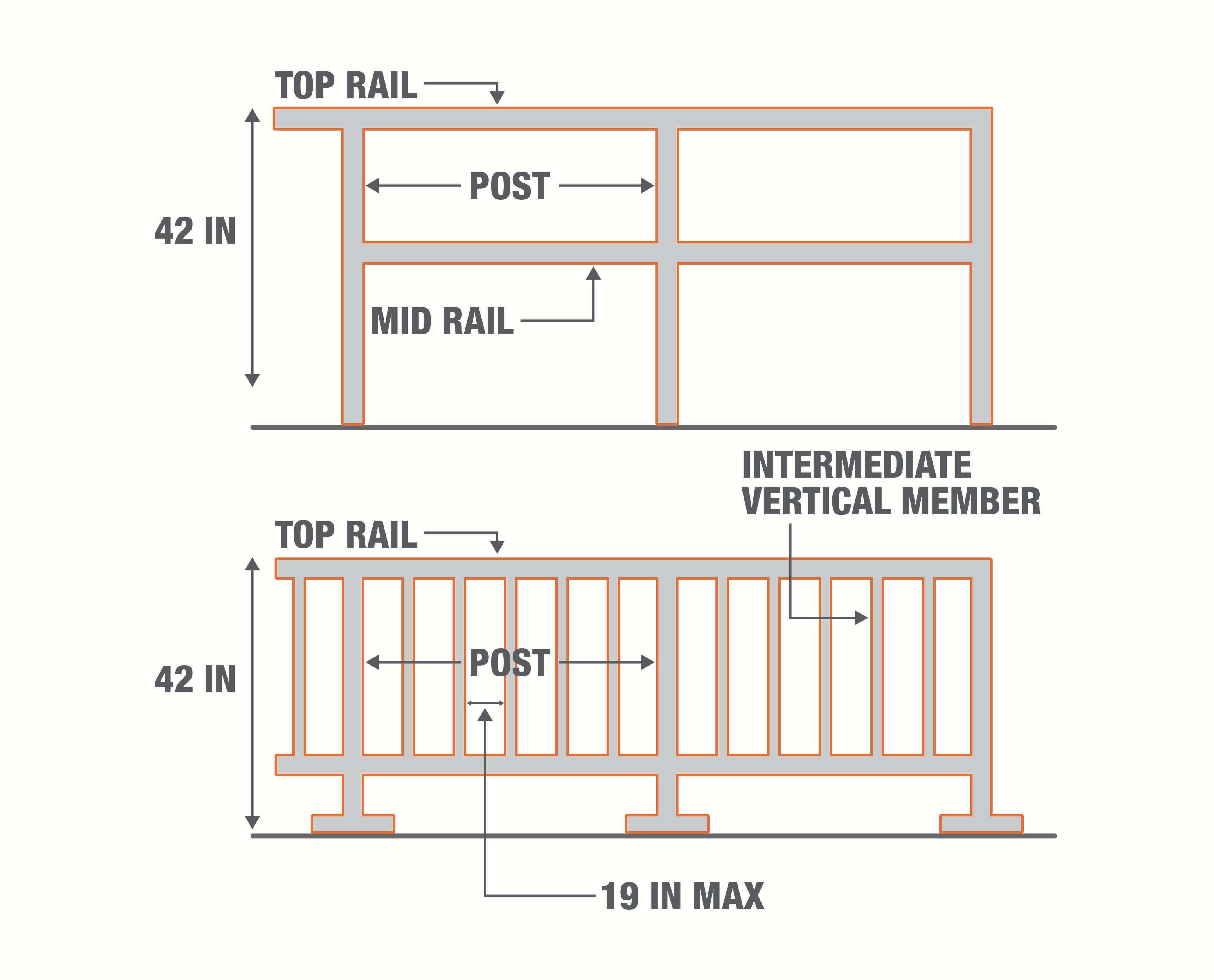Confined Spaces Definition & Permit Requirements
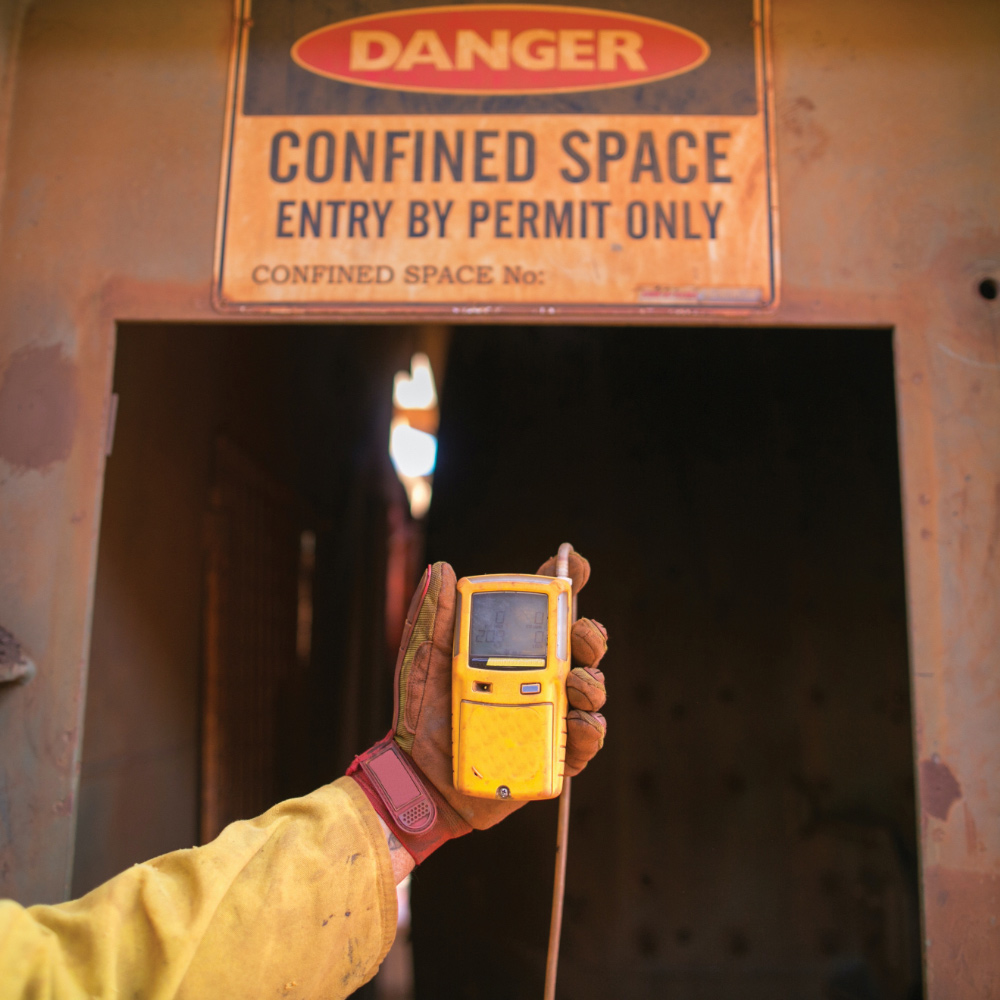
Last updated November 12, 2024
A confined space is any area large enough for a person to enter entirely and perform work. It has limited access for entry and exit, and it is not designed for continuous occupancy.
Table of Contents
Permit-Required vs. Non-Permit Confined Spaces
Equipment Requirements & Regulations
More Tools. More Products. More Perks.
Permit-Required vs. Non-Permit Confined Spaces
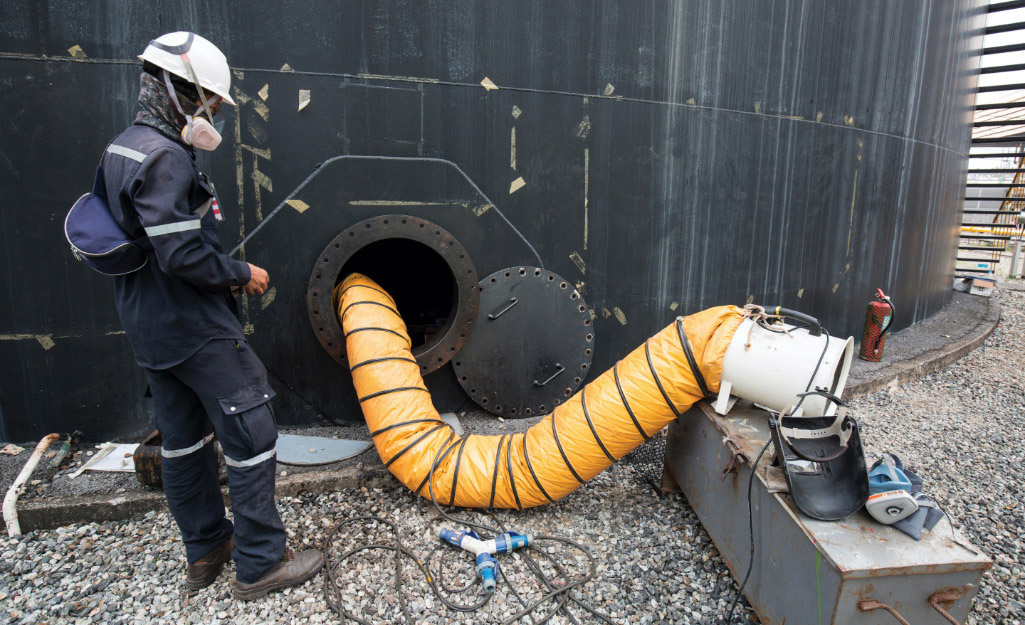
OSHA defines both confined spaces and permit-required confined spaces. Both areas have limited means of entry and exit and are large enough for an employee to enter fully and work. Both are not designed for continuous use and pose a threat to health and safety. Permit-required confined spaces (permit spaces) pose significantly greater risks.
Permit-Required Confined Space
- Contains or has the potential to contain a hazardous atmosphere; OR
- Contains a material with the potential to engulf someone who enters the space; OR
- Has an internal configuration that might cause an entrant to be trapped or asphyxiated by inwardly converging walls or by a floor that slopes downward and tapers to a smaller cross section; OR
- Contains any other recognized serious safety or health hazards
Non-Permit Confined Space
- Large enough for an employee to enter fully and perform assigned work; AND
- Is not designed for continuous occupancy by the employee; AND
- Has a limited or restricted means of entry or exit
Most job sites and workplaces have areas that could be considered confined spaces. Manholes, tunnels, large containers and ductwork are confined spaces. Silos, storage bins, tanks and hoppers, vaults, pits, pipelines and equipment rooms can also be considered confined spaces when they meet OSHA’s criteria.
Employers must create and implement a written program for employees who enter permit-required confined spaces. OSHA requires this written program:
- Prevents unauthorized entry
- Finds and assess hazards before entry
- Tests the air in sequence* before entry and during occupancy
- Controls** hazards during occupancy
- Ensures at least one employee is positioned outside during occupancy
- Defines how rescue and emergency services will be contacted
- Prevents unauthorized rescue
- Outlines procedures an attendant who is monitoring multiple spaces will follow during an emergency in one or more monitored space
- Establishes a written system for preparing, issuing and cancelling entry permits
Your OSHA-compliant program must also:
- Define job duties
- Provide, maintain and require equipment necessary for safe entry, including personal protective equipment
- Establish means of coordination for when employees of more than one employer are occupying the space
- Outline the annual review and revision process of this written program
* OSHA’s air test requirements in a permit-required confined space are specific. The appropriate testing for atmospheric hazards must occur in sequence:
- Oxygen levels
- Combustible gases or vapors
- Toxic gases or vapors
** This written program should outline how hazards will be controlled before and during occupancy. This includes:
- Defining standard entry conditions
- Verifying entry conditions
- Ways to isolate the permit space
- Providing barriers
- Ways to purge, flush, ventilate or make hazards inert
There are exceptions to permit-required confined spaces written in OSHA’s standards. These are specific conditions and all factors must be taken into consideration before waiving permit standards. In these scenarios, employers are still required to test and monitor for the specific hazard before and during occupancy.
Equipment Requirements & Regulations
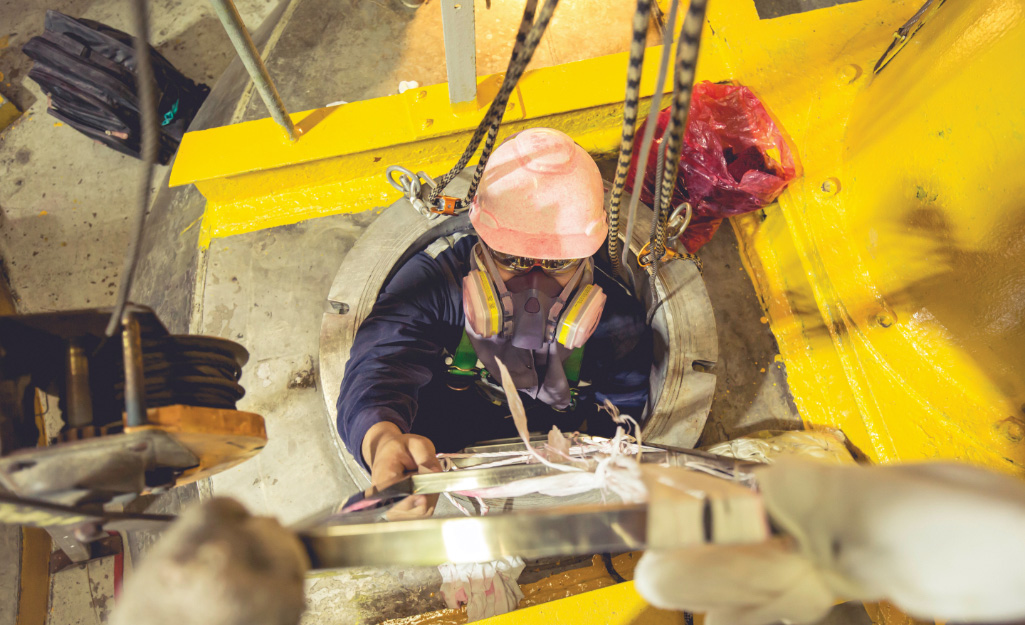
Employers must provide and maintain—at no cost to the employee—PPE and any other equipment needed to enter a permit space, including:
- Testing and monitoring equipment
- Ventilation tools
- Communications and lighting equipment
- Barriers and shields
- Ladders
- Retrieval equipment
Employees entering a permit-required confined space must wear chest or full-body harnesses with retrieval lines attached. Unless retrieval lines can be proven to create a greater hazard, they must be attached to the center of the back at shoulder level or above the head. Wristlets may be used in rare exceptions where body harnesses pose a greater hazard.
Retrieval lines must be attached to a fixed point or mechanical device outside of the permit space. If vertical retrieval from a permit space five feet or deeper is required, retrieval lines must be attached to a mechanical device.
More Tools. More Products. More Perks.

Be more competitive and boost your bottom line with Pro Xtra, The Home Depot’s loyalty program built for Pros. Sign up today to access the enhanced Pro Online Experience, built with the online business tools and time-saving features Pros need.
Save time with direct delivery from our 2,500+ stores to your business or job site. Choose from free two-day delivery, same-day or next-day express delivery.
